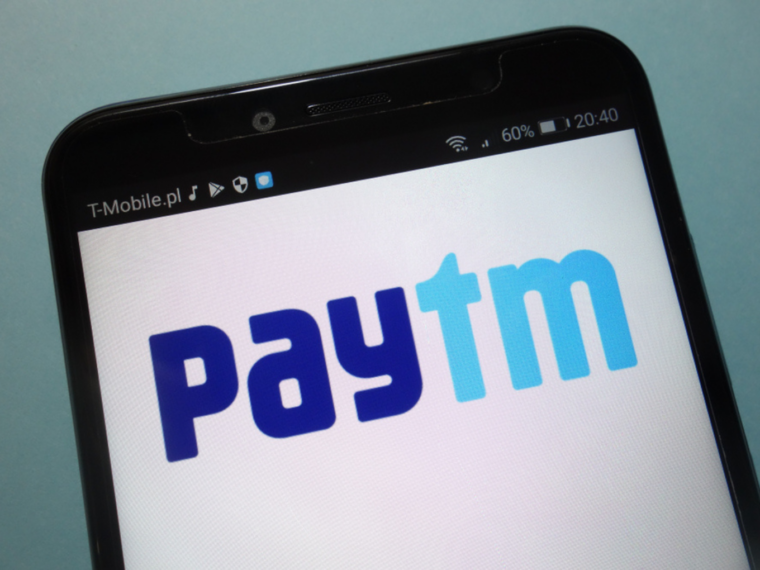Fintech giant Paytm is set to disrupt the ride-hailing industry by booking auto rickshaws through the Open Network for Digital Commerce (ONDC). This strategic move not only challenges the market dominance of well-known businesses like Ola and Uber, but it also demonstrates Paytm’s goal to broaden its product offering and gain a larger share of the transportation sector.

Credits: Inc 42
Expanding Horizons:
Beyond its basic finance products, Paytm has greatly expanded with its entry into the ride-hailing industry. By leveraging the ONDC network, Paytm hopes to give consumers in Tier I cities like Bengaluru, Chennai, and Delhi simple and affordable transit options. This expansion aligns with Paytm’s larger objective of serving as a one-stop shop for all digital services, including payments and commerce as well as transportation.
Testing the Waters:
Currently, Paytm is in the testing phase of its ride-hailing feature, with select users experiencing the convenience of booking auto rickshaws through the Paytm app. The company’s gradual approach towards rolling out this service underscores its commitment to ensuring a seamless user experience and addressing any operational challenges before scaling up.
Disrupting the Commission Structure:
One of the most notable aspects of Paytm’s entry into ride-hailing is its alternative approach to the commission structure. Unlike the traditional model where platforms charge a commission on each ride, Paytm’s partner, Namma Yatri, offers services to driver partners through a subscription fee. This disruptive model not only provides a more predictable income source for drivers but also challenges the status quo in the industry.
Enhancing Accessibility:
Enhancing transportation accessibility is the aim of Paytm’s auto rickshaw booking services through its app, especially for commuters in crowded areas. This trend is particularly notable in India, where auto rickshaws are a popular mode of short-distance transportation. With Paytm entering this industry, millions of consumers’ commuter experiences might be improved, and the booking process could become easier.
Competitive Landscape:
In India’s crowded ride-hailing sector, competition has intensified coinciding with the introduction of Paytm’s ride-hailing venture. In the face of fresh competitors like BluSmart and Rapido, established titans like Ola and Uber are under more pressure than ever to continue being inventive and hang onto their market share. The introduction of Paytm heightens the rivalry and power struggle in the transportation industry.
Benefiting Gig Workers:
The increasing competition in the ride-hailing industry has led to several platforms revisiting their business models to benefit gig workers. For instance, Rapido’s subscription fee model and inDrive’s lower commission rates offer drivers a more sustainable income source compared to traditional platforms like Ola and Uber. Paytm’s entry with a subscription-based model could further contribute to the empowerment of gig workers in the transportation sector.
Strategies of Established Players:
Established businesses like Ola and Uber are also implementing new strategies to maintain their driver pool in response to the shifting market conditions. These platforms are adjusting to remain competitive in the ride-hailing market as it changes, from introducing subscription fee models for driver partners to providing rewards and perks through loyalty programs.
Conclusion:
In conclusion, a new age of competition and innovation in India’s transportation sector is heralded by Paytm’s calculated entry into the ride-hailing space through auto rickshaw booking services. With the use of the ONDC platform and a subscription-based business plan for driver partners, Paytm hopes to upend the dominant market dynamics held by companies like Ola and Uber. The future of ride-hailing in the nation will be shaped by the effects that the company has on accessibility, gig workers, and the competitive landscape as it tests the waters and broadens its offers. A significant turning point in the development of India’s urban mobility ecosystem is Paytm’s arrival, as it offers commuters more options and puts a renewed emphasis on driver welfare.






